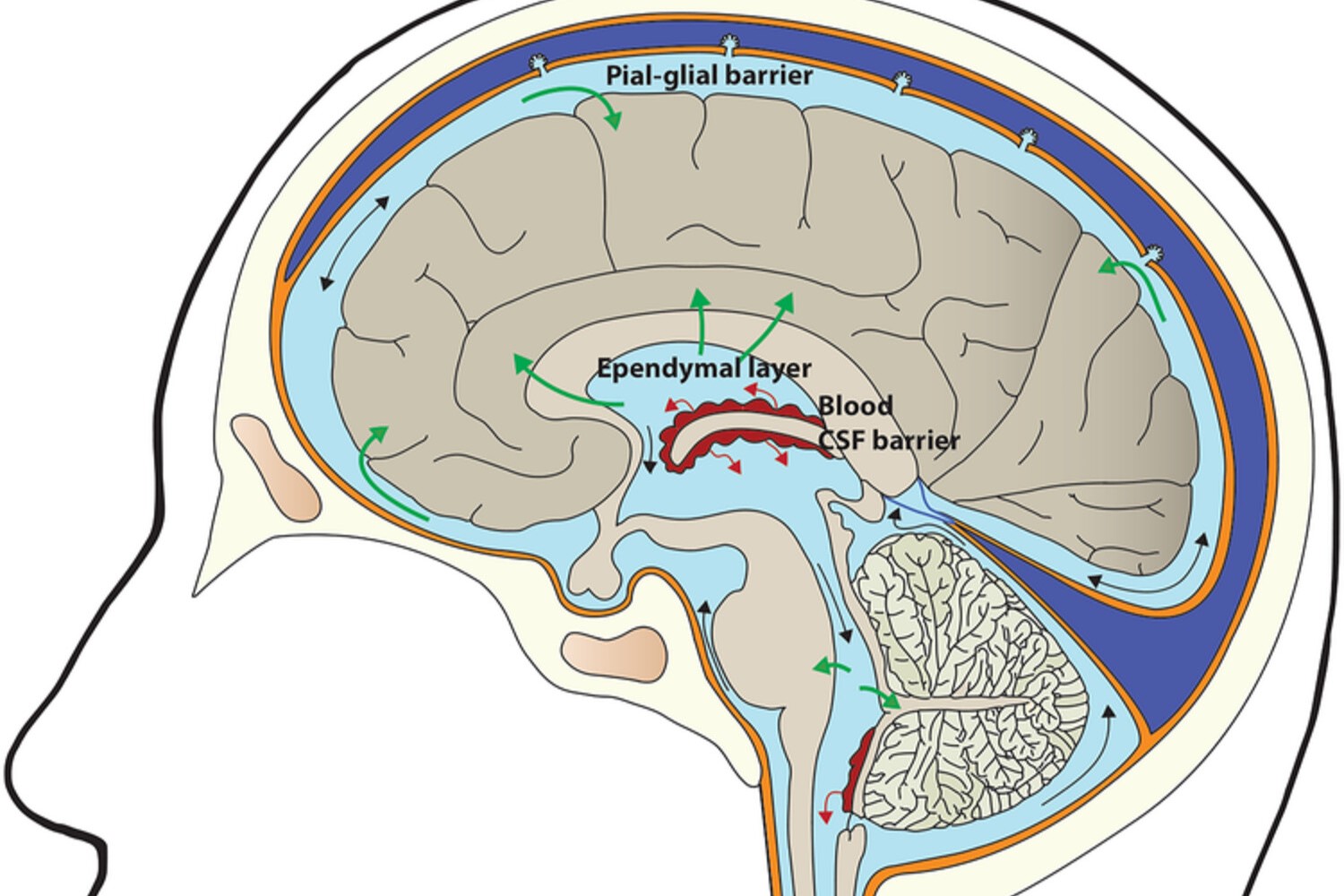
Parenchymatous cortical degeneration of the cerebellum is a complex condition affecting the brain's coordination center. This disorder primarily targets the cerebellum, leading to progressive loss of motor control and balance. Symptoms often include unsteady gait, difficulty with fine motor skills, and slurred speech. Understanding this condition can be challenging, but knowing the facts can help. This blog post will provide 25 essential facts about parenchymatous cortical degeneration of the cerebellum, shedding light on its causes, symptoms, diagnosis, and treatment options. Whether you're a student, caregiver, or just curious, these facts will offer valuable insights into this neurological condition.
Key Takeaways:
- Parenchymatous Cortical Degeneration of the Cerebellum is a rare condition that affects coordination and balance, with symptoms like tremors and speech difficulties. It can be genetic or caused by environmental factors.
- Diagnosis involves neurological exams, MRI scans, genetic testing, and blood tests. While there's no cure, treatments focus on managing symptoms through therapies, medications, and lifestyle changes.
What is Parenchymatous Cortical Degeneration of the Cerebellum?
Parenchymatous cortical degeneration of the cerebellum is a rare neurological condition. It primarily affects the cerebellum, the part of the brain responsible for coordinating movement and balance. Understanding this condition involves exploring various aspects, from its symptoms to its causes and treatments.
-
Rare Condition: This disorder is uncommon, affecting a small percentage of the population.
-
Cerebellum Focus: It specifically targets the cerebellum, leading to issues with coordination and balance.
-
Progressive Nature: The condition is progressive, meaning symptoms worsen over time.
-
Genetic Links: Some cases have genetic origins, passed down through families.
-
Symptom Onset: Symptoms often appear in adulthood, though they can start earlier.
Symptoms of Parenchymatous Cortical Degeneration
Recognizing the symptoms is crucial for early diagnosis and management. The symptoms can vary but generally affect motor skills and coordination.
-
Ataxia: A common symptom is ataxia, or loss of control over body movements.
-
Tremors: Patients may experience tremors, especially in the hands.
-
Speech Difficulties: Speech can become slurred or slow, a condition known as dysarthria.
-
Eye Movement Issues: Problems with eye movements, such as nystagmus, are frequent.
-
Muscle Weakness: General muscle weakness can occur, making daily tasks challenging.
Causes and Risk Factors
Understanding the causes and risk factors can help in managing and potentially preventing the condition. While some causes are genetic, others might be environmental or related to other health issues.
-
Genetic Mutations: Specific genetic mutations are linked to the disorder.
-
Family History: A family history of similar conditions increases risk.
-
Environmental Factors: Exposure to certain toxins might contribute.
-
Autoimmune Diseases: Some autoimmune diseases are associated with cerebellar degeneration.
-
Alcohol Abuse: Chronic alcohol abuse can lead to cerebellar damage.
Diagnosis of Parenchymatous Cortical Degeneration
Accurate diagnosis is essential for proper treatment. Various tests and evaluations are used to diagnose this condition.
-
Neurological Exams: Detailed neurological exams assess coordination and balance.
-
MRI Scans: MRI scans can reveal cerebellar atrophy.
-
Genetic Testing: Genetic tests identify specific mutations.
-
Blood Tests: Blood tests rule out other conditions.
-
Family History Review: Reviewing family medical history helps in diagnosis.
Treatment and Management
While there is no cure, treatments focus on managing symptoms and improving quality of life. Various therapies and medications are used to help patients cope.
-
Physical Therapy: Physical therapy improves coordination and strength.
-
Speech Therapy: Speech therapy helps with communication difficulties.
-
Medications: Medications can manage symptoms like tremors and muscle stiffness.
-
Lifestyle Changes: Healthy lifestyle changes, such as reducing alcohol intake, can slow progression.
-
Support Groups: Joining support groups provides emotional support and practical advice.
Final Thoughts on Parenchymatous Cortical Degeneration of Cerebellum
Parenchymatous cortical degeneration of the cerebellum is a complex condition affecting the brain's coordination center. Understanding its symptoms, causes, and treatments can help manage the disease better. Symptoms often include balance issues, tremors, and difficulty with fine motor skills. Causes range from genetic factors to chronic alcohol abuse. While there's no cure, treatments like physical therapy, medications, and lifestyle changes can improve quality of life.
Staying informed and seeking medical advice early can make a significant difference. Research continues to evolve, offering hope for better management and potential future treatments. If you or someone you know shows symptoms, consult a healthcare professional for a proper diagnosis and treatment plan. Knowledge is power, and being proactive can lead to better outcomes.
Frequently Asked Questions
Was this page helpful?
Our commitment to delivering trustworthy and engaging content is at the heart of what we do. Each fact on our site is contributed by real users like you, bringing a wealth of diverse insights and information. To ensure the highest standards of accuracy and reliability, our dedicated editors meticulously review each submission. This process guarantees that the facts we share are not only fascinating but also credible. Trust in our commitment to quality and authenticity as you explore and learn with us.
